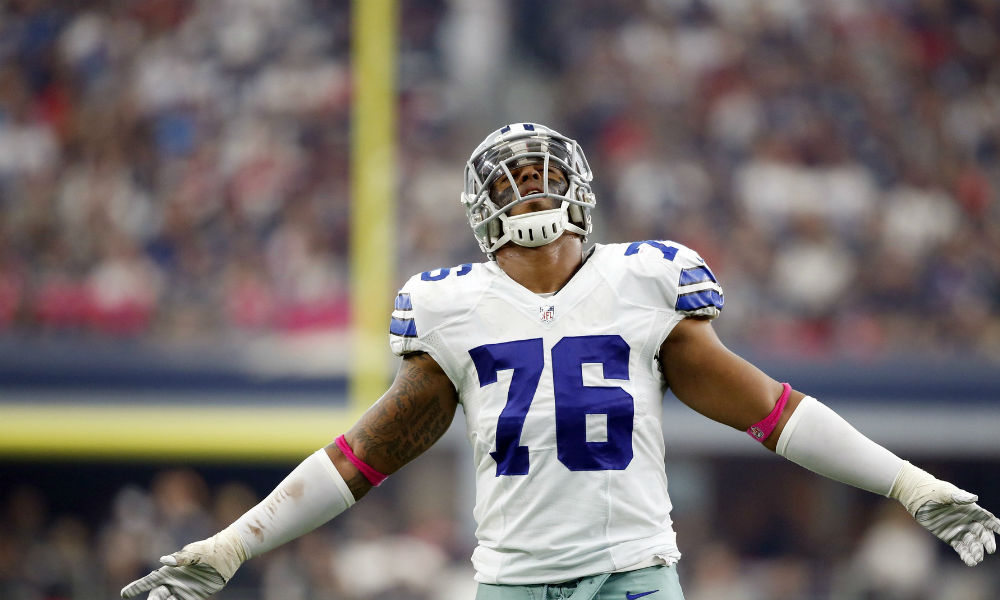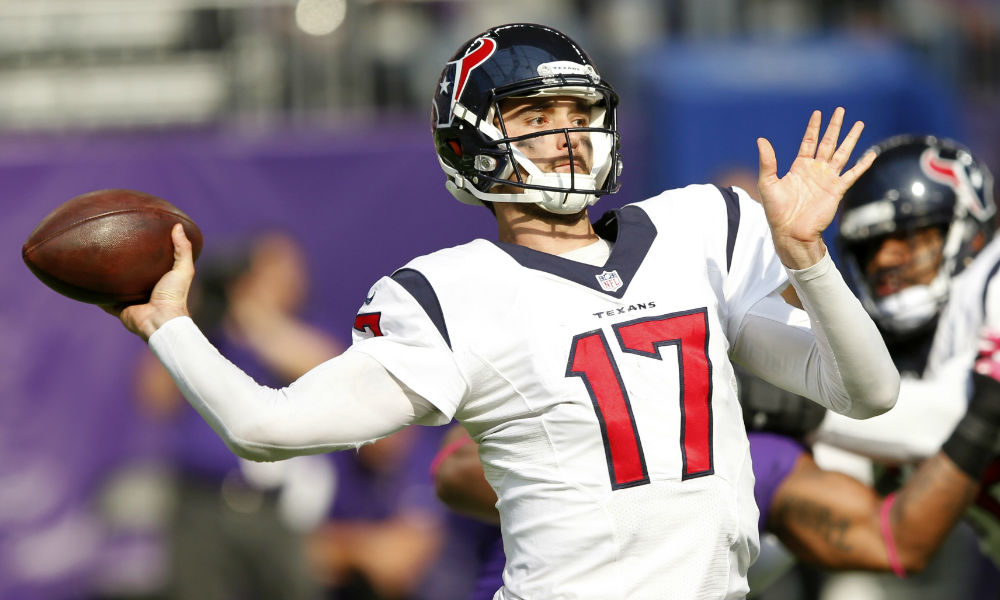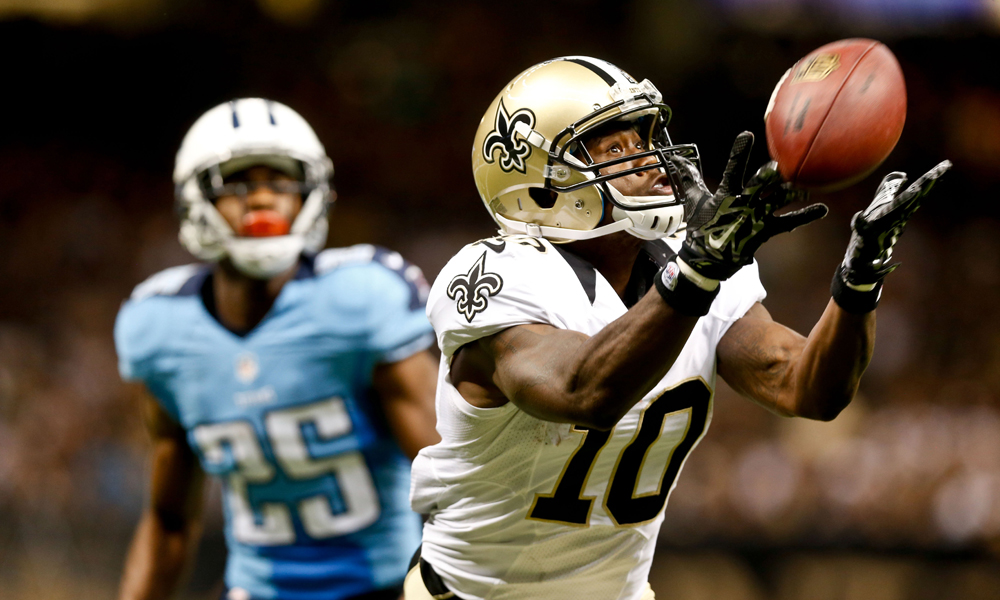News
Buccaneers trapped in QB guessing game
With all the scrutiny and discussion over the draft prospects of quarterbacks Jameis Winston and Marcus Mariota, it is easy to overlook a central fact of history, and that is this:
There are no guarantees, no matter how much these two guys are studied. Most quarterbacks selected at the top of the draft are failures.
Or maybe you didn’t happen to notice that the two quarterbacks who played in the most recent Super Bowl were drafted in the third and sixth rounds.
Or that, over the last 25 drafts, since 1990, only two of the 14 quarterbacks chosen with the first overall pick won the Super Bowl — and both of them happened to be named Manning.
Even allowing that the book remains open on the last couple of top picks, including Andrew Luck and Cam Newton, consider that those chosen No. 1 overall in this span included Jeff George, Tim Couch, David Carr and JaMarcus Russell.
For the record, the others were Drew Bledsoe, Michael Vick, Carson Palmer, Alex Smith, Matt Stafford, Sam Bradford, Newton and Luck.
And that, during that time, there were four years in which the first two picks in the draft were both quarterbacks, and we know for sure that the first three times, one of the two was a flop — Couch, Ryan Leaf and Rick Mirer. The jury is still out on the 2012 draft, headed by Luck and Robert Griffin III, which could break the trend.
This, during an era when the so-called experts loved to remind us that college quarterbacks were more “NFL ready” than ever because college football had become such a throwing game.
Maybe scouts thought they were, but maybe they really arrived more “NFL ready” in the so-called old days because the people who should know such things were not blinded by fancy college statistics. Back when college football was not so tilted toward the passing game, the quarterbacks who managed to survive college ball actually were more ready for the NFL.
In the previous 25 drafts, prior to 1990, quarterbacks were chosen with the first overall pick only six times — but that group accounted for 11 Super Bowl championships and three of them, Terry Bradshaw, John Elway and Troy Aikman, are in the Hall of Fame.
How to explain all this?
Well, one thing is that just throwing the ball a lot in college does not automatically make a quarterback ready for the NFL. There’s the little matter of reading defenses, of playing from under center instead of mostly in the shotgun as so many college quarterbacks do, of facing great defensive players every week instead of just occasionally.
In the old days, college football was largely dominated by teams and coaches that loved to pound it out (hi there, Woody Hayes). While fewer quarterbacks really shined in that era, those that did were not products of some system but instead were really quarterbacks.
Now that college football has morphed into basketball in cleats, with many teams playing almost exclusively in shotgun formations and eschewing pro-style tactics (hello there, Southwest Conference), it can be much more difficult to determine whether a player is able to make the transition to the NFL.
And there is yet another factor in these days of 140-character analysis on Twitter. In this era of instant gratification, more and more quarterbacks are thrown into the lineup before they are ready to play and, as a result, are not given an opportunity to properly develop and really learn the skills they need to learn to succeed in the NFL.
Once, coaches talked of a five-year plan with rookie quarterbacks. Now it’s more like a five-minute plan. Few of the coaches have the confidence or the tenure to do what, say, Bill Walsh did after drafting Joe Montana for the San Francisco 49ers in 1979.
Walsh started Montana once as a rookie, worked him into some games as a changeup player in 1980, put him into the lineup and then removed him when it wasn’t working, finally put him into the lineup again near the end of that second season and saw good results.
And in Montana’s third year, the 49ers won the Super Bowl.
Granted, Russell Wilson and Tom Brady, the two who faced off in the Super Bowl this year, both won the Super Bowl in their second season. But neither entered the league with the ridiculously high expectations placed on top picks, so they operated with less scrutiny and less pressure.
We don’t know, obviously, how Winston and Mariota will turn out. But history tells us at least one of them is doomed to failure. Which one? That’s the problem for the Tampa Bay Bucs to figure out.
Ira Miller is an award-winning sportswriter who has covered the National Football League for more than three decades and is a member of the Pro Football Hall of Fame Selection Committee. He is a national columnist for The Sports Xchange.
News
Buccaneers admit mistake, boot Aguayo
Source: Mike Florio of ProFootballTalk
Powered by WPeMatico
News
Did Bucs put too much pressure on Aguayo?
Source: Mike Florio of ProFootballTalk
Powered by WPeMatico
News
Broncos holding their breath on Derek Wolfe
Source: Mike Florio of ProFootballTalk
Powered by WPeMatico




